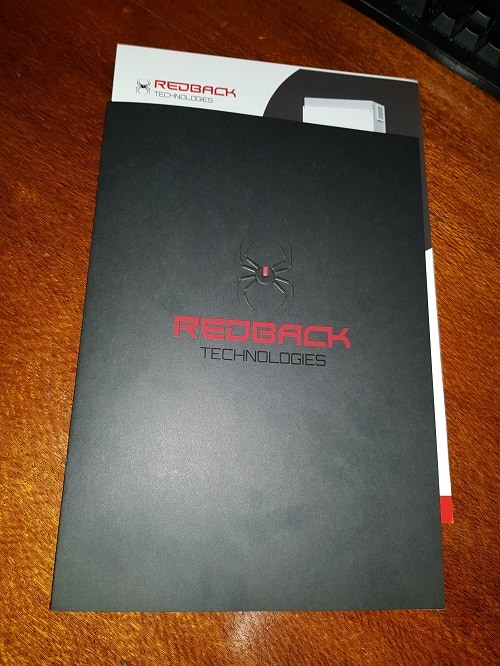One of the most exciting solar companies in Queensland is Redback Technologies, based in Indooroopilly. They’ve got a great product and have been moving in very exciting directions over the last 18 months – we’re looking to seeing what the future brings for this young company.
About Redback Technologies
Have a look at the video below which introduces Redback Technologies, their founder and MD Philip Livingston, and explains more about their partnership with EnergyAustralia.
Redback Technologies were founded in 2015 and are, according to their LinkedIn profile, ‘a technology company focused on the development of advanced, low cost solar solutions for residential and commercial users’. They offer market leading integrated hardware and software technologies.
Redback were recently in the news for being granted $1.96 million by the QLD Government as they inked an MoU to bring their tech to Dubai. You can read our report on that by clicking here. Livingston was also ‘bullish’ on the recent Tesla South Australia deal – being quoted as saying “More storage rather than less is a good thing. Having storage in the grid as a buffer is good for consumers. Mr Musk is a role model for many of us in the way he approaches things.”.
Redback Technologies Product Range
Redback are currently offering their Smart Hybrid Solar Inverter System with Battery Enclosure.
It consists of:
- 6kW Solar Panel Input
- 4.6kW inverter
- UPS and backup power included
- Compatible with ‘a variety of batteries’
- Able to install inside or outside, floor or wall mounted.
- Constructed from ‘high grade aluminium’.
- Inverter is IP65 rated.
It’s different from standard solar + storage systems in that they use Redback’s proprietary software and don’t lock you into using a specific battery – there are a number of popular 2.4kWh storage options you can slot into the enclosure.
Learn more about the Generation II Hybrid by visiting the Redback Website.
The Smart Hybrid Battery Enclosure is also well constructed and fits a number of energy storage batteries – it consists of:
- 4 x 19″ 2 rack mountable battery packs
- Up to 9.6kWh storage capacity (4 x 2.4kWh batteries)
- Passive and active cooling
- Smart temperature control
- IP54 rated environmental protection rating
- <25dB noise emissions
- Prewired – easy installation.
Perhaps the ‘jewel’ in the crown of Redback’s offerings is their advanced solar power management software – entitled ‘Ouija Board’ – which you can learn about in the video above.
With Ouija Board you can remotely control inverters from an app or a web portal – and it’s upgradeable for both software and hardware (firmware) via wi-fi or 4g (optional). It has relay support for pool pumps and water heaters, smart load scheduling, supports IoT (Internet of Things) devices, and is customisable for peak time tariff support. The Ouija board provides some amazing ‘intelligent technology’ to help store, monitor and manage your home’s solar energy. We’re working on getting some screenshots and sample reports from Redback – some of the insight they offer into your power usage can save hundreds (or thousands) of dollars.

Buy Redback Technologies Solar
If you’re interested in purchasing anything from the Redback range please fill out the form to the right of this article and we’ll be in touch with some ways we can help you invest in solar while using a quality local company with great products and a local warranty.



